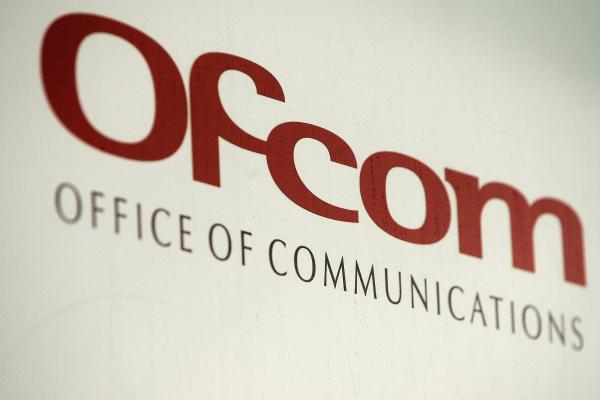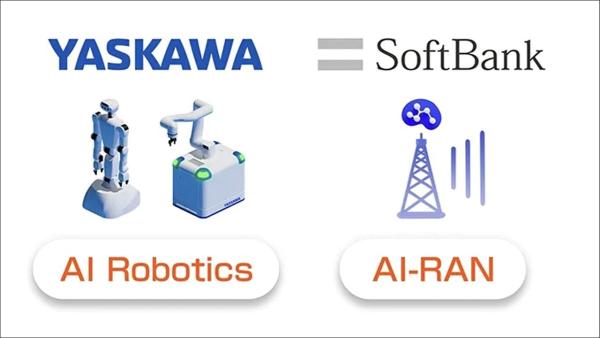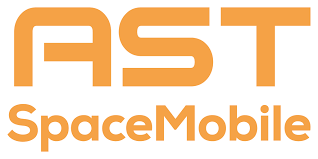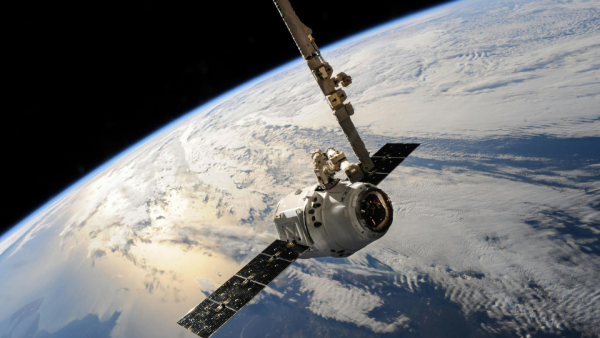Written by Nick Wood for Telecoms.com

The 5G non-terrestrial-network (NTN) market is nearing a noteworthy milestone, as more MNOs look to satellites to augment their coverage.
Figures published on Thursday by the Global mobile Suppliers Association (GSA) put the total number of publicly-announced partnerships between telcos and satellite operators at 49 across 34 countries.
The research firm identified SES, OneWeb as the top two satellite providers by number of partnerships, with nine and eight respectively, followed closely by AST Spacemobile with seven. In geographic terms, the US boasts the highest concentration of partnerships with 11, followed by the UK and China with four apiece.
The GSA found that telco/satellite operator partnerships tend to centre on one of five categories of use case: rural and enterprise broadband; IoT/M2M; satellite-to-cellphone; emergency comms; and backhaul.
According to the GSA, rural and enterprise broadband is so far proving to be the single biggest driver of 5G NTN momentum. It reckons 32 operators across 27 countries have partnered with a satellite provider specifically for this purpose. Of that sum, 24 are in the planning stage, while a further five are in the evaluation, testing and trialling phase. Three have actually launched – one each in Japan, the UAE and Papua New Guinea.
Satellite-to-cellphone, also sometimes referred to as direct-to-device (D2D), is also proving popular, with 13 operators planning to launch services, and three currently evaluating, testing or trialling.
Indeed, there have been a flurry of satellite D2D announcements so far this year, including most recently in New Zealand, where 2degrees announced earlier this week a partnership with satellite-to-cellphone provider Lynk. Rival operator One struck a similar agreement with SpaceX in early April. Also last month, Canada’s Rogers announced a partnership with Space X of its own, and chip maker MediaTek expanded its partnership with satellite provider Inmarsat to accelerate the commercial rollout of satellite-enabled devices.
Meanwhile, the GSA said satellite-based M2M and IoT services are developing at a slower pace, with only six in the planning phase, and just one commercial deployment. This could be down to the broad availability of cheap alternative connectivity options, like NB-IoT and LoRaWAN, for example.
“The role of satellite is rapidly gaining prominence in the world of cellular communication as mobile operators look for complementary solutions to support the business case for 5G in challenging terrain and specific use cases,” said GSA president Joe Barrett, in a statement. “As the technology evolves and more industry partnerships are established, the potential for satellite networks to supplement and enhance terrestrial 5G networks will become increasingly clear.”
While the high cost of satellite services and devices relative to terrestrial equivalents is still a barrier to uptake, Barrett said, the satellite industry is nevertheless “taking its first step toward long-term growth, and it is a market the GSA will continue to track.”
Click here to read the original article.









